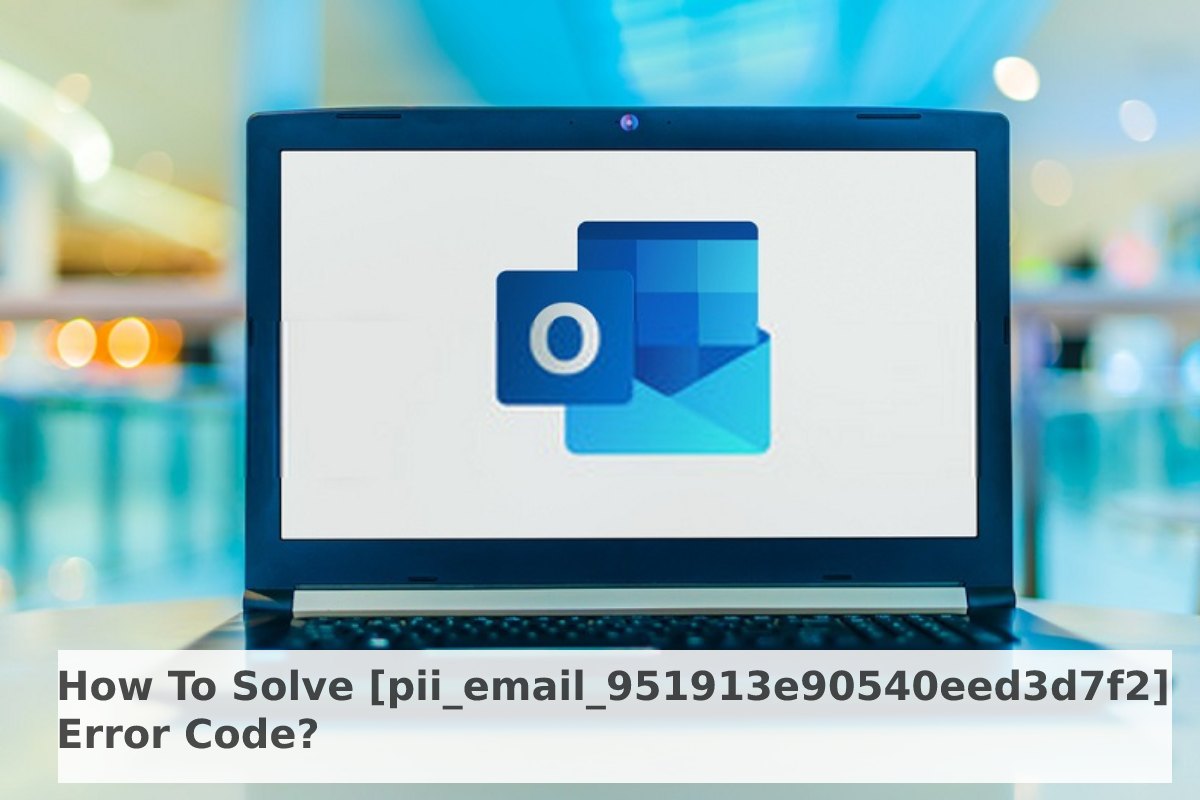There is no doubt that brand identity should be the touchstone for everything a company puts out into the marketplace. A brand’s story, logo, messaging, values, and ethos should be inexorably linked to what it does. It will be what sets one apart from another in an increasingly crowded field of competition.
A strong brand identity is built on a foundation of five pillars, comprising purpose, positioning, personality, perception, and promotion. All the other elements of creating a successful business arise from them. That’s why defining those pillars with the context of the business is a crucial first step.
It sounds easier than it really is. Getting it right from day one is a lofty goal. Here are a few considerations every entrepreneur should know when they’re ready to build.
Table of Contents
It Takes Focus and Commitment
It takes focus and commitment to define a brand by what makes it unique. The more ways a brand can distinguish itself from a competitor, the better. Usually, a few of those ways gave impetus to the founding of the brand itself.
Developing a brand identity isn’t a chore but rather an opportunity. Entrepreneurs need to make the most of it by devoting adequate time and effort to the task. But this isn’t a skill in every entrepreneur’s wheelhouse, so getting help is a good idea.
There are top marketing agencies dedicated to helping entrepreneurs create and build their brand identity. The best ones don’t just stay outside, looking in on their clients. Instead, they immerse themselves in the brand, working like an internal marketing team that’s had experience with more than one company.
Entrepreneurs get the benefit of an agency’s experience and expertise as well as its laser focus on building a brand’s identity. Of course, the brand still has to approve and embrace that identity in everything it does. Building it isn’t a marketing campaign. It’s a long-term commitment.
It Requires Consistency
There’s a reason why people recognize a box in a certain shade of blue as Tiffany & Co., without seeing the name. No letters need to accompany that iconic apple with a bite taken from it. And few in the world wouldn’t recognize a Coca-Cola bottle when they see one.
Those are examples of some of the best visual branding ever, largely because they have remained consistent over time. But there’s more to brand identity than a well-designed logo. It’s what’s behind the image that should also resonate with target audiences.
That Tiffany blue box connotes a few specific adjectives, such as “expensive,” “luxurious,” “classy,” and “top-quality.” But that distinctive color doesn’t work alone. The brand positions itself as a “leader in sustainable luxury,” which sounds a bit oxymoronic. But the brand reinforces that idea in everything it says and does.
Entrepreneurs building their brand identity need to incorporate it in everything they do and do so consistently. How a logo or website homepage looks is important, to be sure. But how they talk to customers, treat their employees, and adhere to their values is just as vital.
It Needs Room to Evolve
Using a brand identity with consistency doesn’t mean it’s unalterable. On the contrary, it should change with the ebb and flow of market forces. Otherwise, the brand risks becoming irrelevant.
Technology, consumer wants and needs, media, economic factors, and market trends are always evolving. Take consumer demands for greener products, for example. Footwear giant Crocs responded to them by using new materials that lowered its carbon footprint without altering the brand’s iconic look.
Plus, brands also need to seek out new markets for their products and services. That means paying attention to the whims of emerging generations and responding appropriately. For instance, entrepreneurs can’t reach Gen Z without diving into the world of social media.
Change can occur without a complete overhaul of the brand. The values, voice, and personality of the brand can stick, even if the logo is updated. But entrepreneurs should always make room for it.
It Forces Brands to Define Themselves
Brand identity is what the world outside a company sees. How people see what a brand puts out there is its image. But its identity is how a brand wants the world to perceive it. That means entrepreneurs need to define themselves in ways that set their brand apart.
Brands carefully design logos, paying attention to fonts, color palettes, and use guidelines. But they need to invest as much or more time in developing the brand’s voice, values, and communication channels.
Entrepreneurs wouldn’t create a logo that looks like a competitor’s. The same goes for all other elements of a brand’s identity. Each and every one of them should be distinct to the brand.
Building a solid identity is an entrepreneur’s opportunity to define and distinguish the brand. Once that identity is in the marketplace, entrepreneurs should monitor how it’s perceived. If audiences don’t get the image the brand wanted them to, it’s OK to adjust.
Build It Well and They Will Come
Imitation may be the sincerest form of flattery, but it won’t make for a successful brand. For that, entrepreneurs should build a solid foundation that resonates with consumers in meaningful ways. Focusing on defining the brand’s identity and maintaining consistency while leaving room to evolve is the not-so-secret secret to success.


